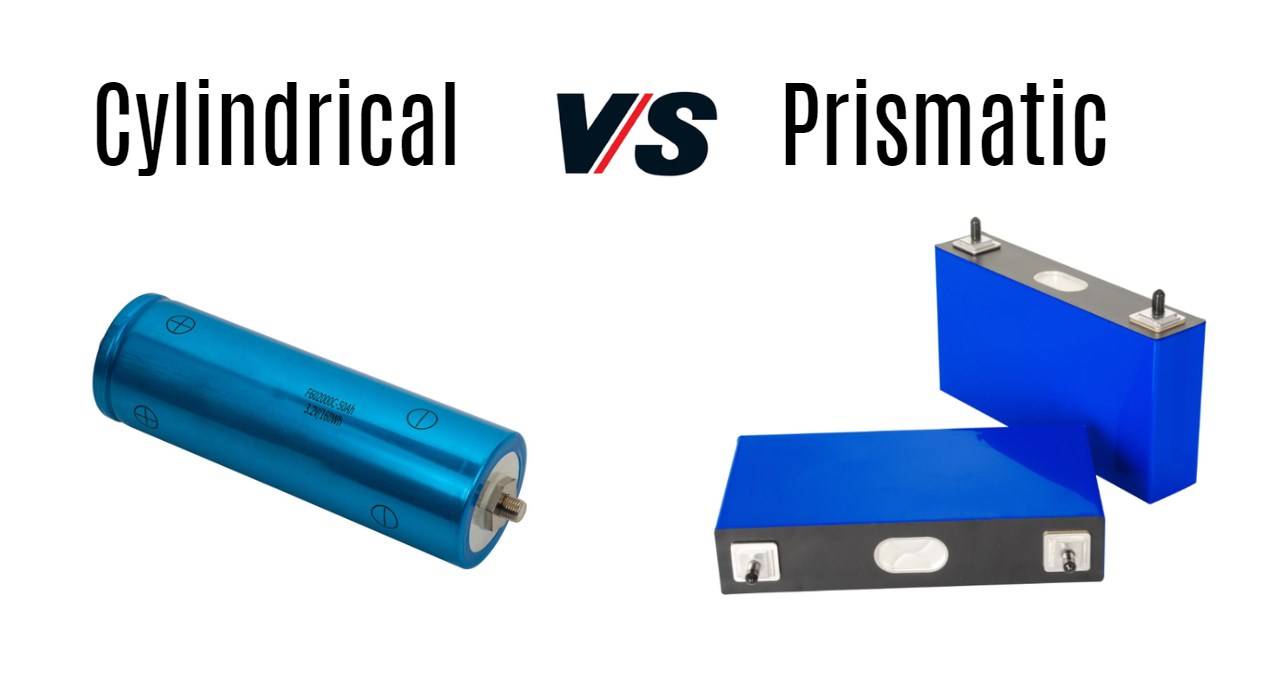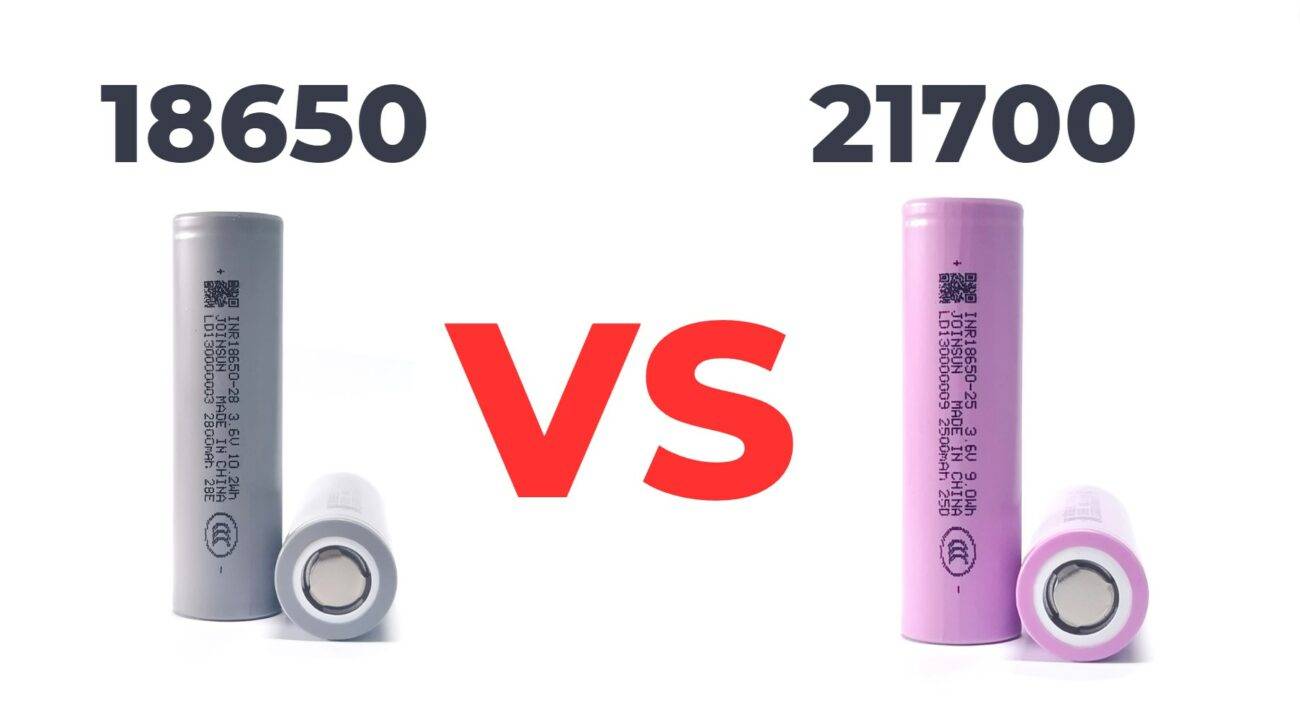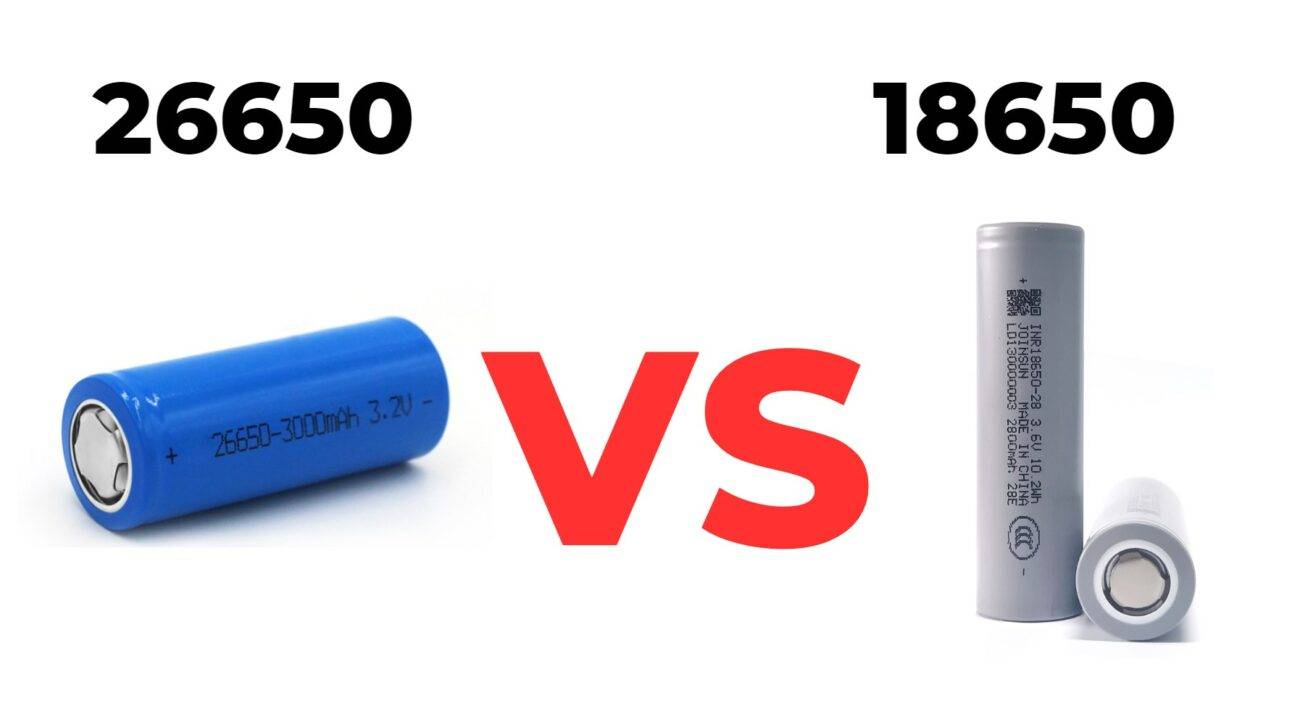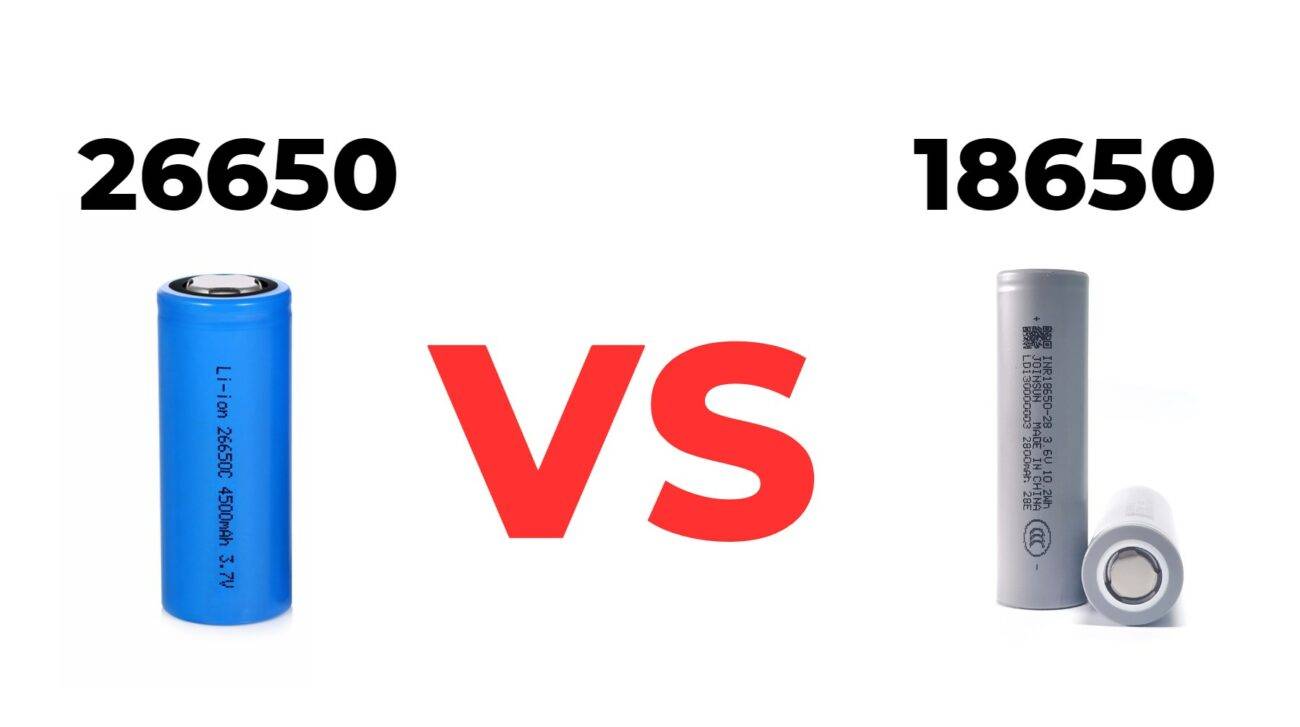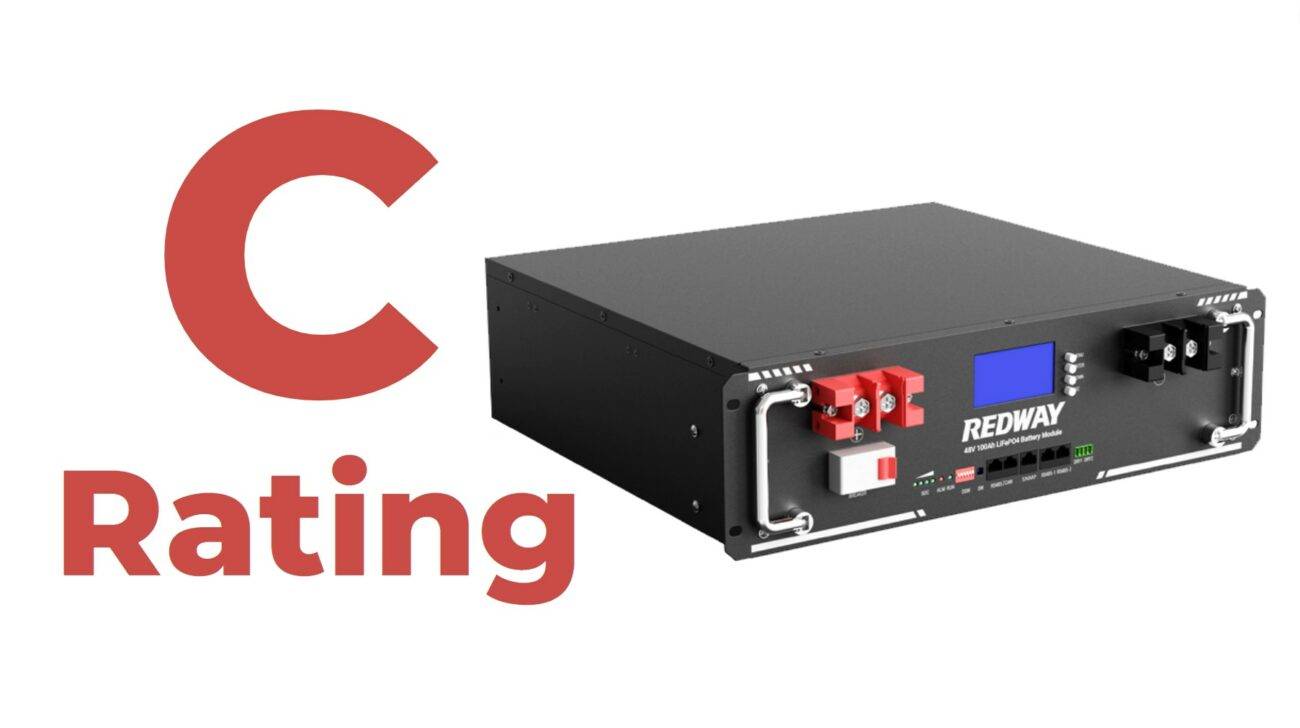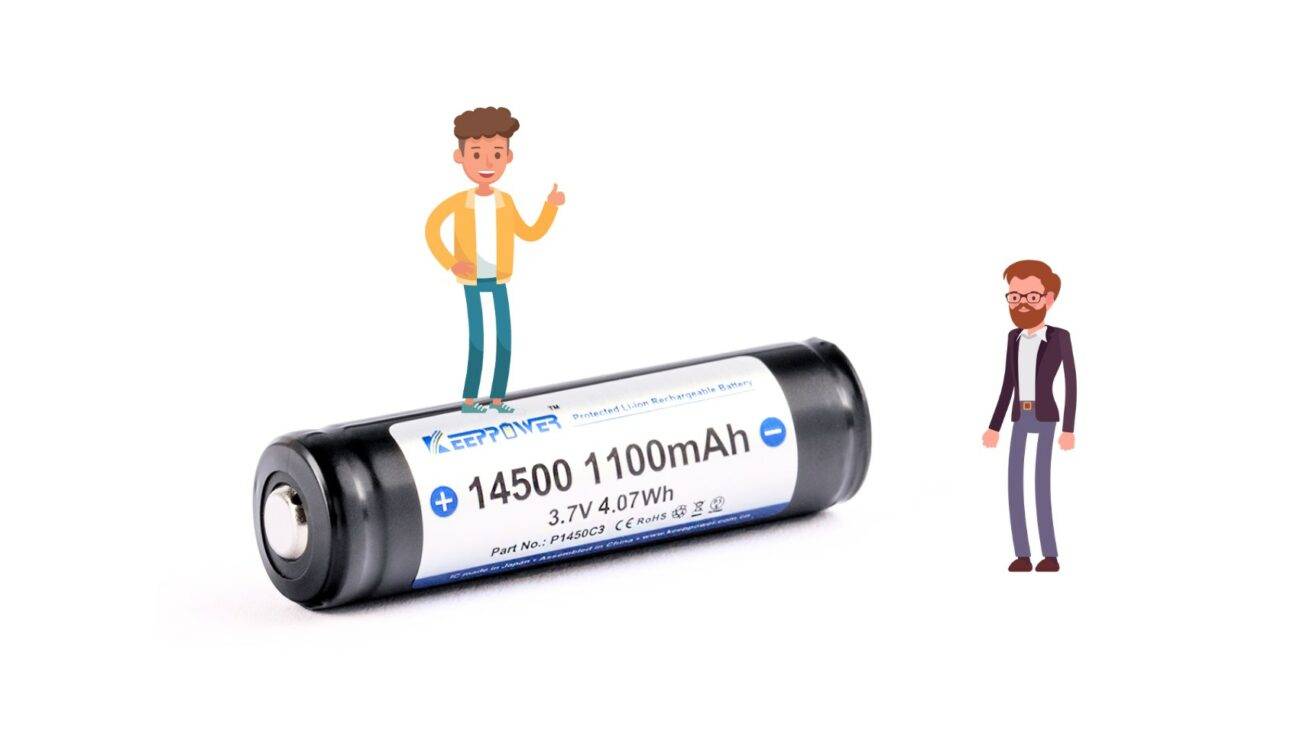In the realm of LiFePO4 (Lithium Iron Phosphate) batteries, the choice between cylindrical and prismatic cells is pivotal. Both cell types offer distinct advantages tailored to different applications. This extensive comparison will delve into the key characteristics, performance metrics, and application suitability of these two battery formats, empowering you to make an informed decision based on your specific needs.
Understanding LiFePO4 Cells
LiFePO4 cells are celebrated for their stability, safety, and long cycle life compared to other lithium-ion technologies. They are a popular choice in various industries, including electric vehicles, renewable energy storage, and consumer electronics. The distinction between cylindrical and prismatic cells lies primarily in their shape and design, which influences their performance and application suitability.
Cylindrical LiFePO4 Cells
Design and Structure
Cylindrical LiFePO4 cells are characterized by their tube-like shape. They are typically enclosed in a metal canister, which provides robust mechanical protection. This cylindrical format is commonly found in the 18650 and 26650 sizes, among others. The cylindrical design facilitates efficient thermal management and consistent manufacturing quality.
Performance and Advantages
- High Discharge Rates: Cylindrical cells are renowned for their ability to deliver high discharge rates, making them ideal for applications requiring quick bursts of power. This trait is particularly valuable in power tools and electric vehicles where rapid acceleration is needed.
- Durability: The metal casing of cylindrical cells enhances their durability and resistance to mechanical damage. This feature contributes to their reliability in high-impact environments.
- Thermal Management: The cylindrical design aids in effective heat dissipation, which is crucial for maintaining performance and prolonging the lifespan of the cell.
- Standardization and Availability: Cylindrical cells are produced in standardized sizes, ensuring widespread availability and compatibility with various devices and systems.
Applications
Cylindrical LiFePO4 cells are predominantly used in:
- Electric Vehicles: Their high discharge rates support rapid acceleration and high power demands.
- Power Tools: The ability to handle significant power outputs makes them suitable for tools that require robust performance.
- Portable Electronics: Their durability and standardization are advantageous for portable devices.
Prismatic LiFePO4 Cells
Design and Structure
Prismatic LiFePO4 cells are rectangular in shape and are often housed in a flat, rectangular casing. This design is conducive to achieving a compact and efficient battery pack configuration. The prismatic form allows for a higher energy density and space utilization, which is beneficial for applications where maximizing volume is essential.
Performance and Advantages
- Higher Capacity: Prismatic cells generally offer a larger energy capacity compared to cylindrical cells. This makes them suitable for applications that require longer run times at moderate power levels, such as renewable energy storage systems.
- Optimized Space Utilization: The flat, rectangular shape allows for efficient use of space, enabling more compact battery packs and better integration into various devices.
- Cost Efficiency: Prismatic cells can be more cost-effective in large-scale production due to their simpler manufacturing process and higher volumetric efficiency.
- Flexible Design: The prismatic format allows for flexible design options, accommodating various shapes and sizes of battery packs.
Applications
Prismatic LiFePO4 cells are predominantly utilized in:
- Energy Storage Systems: Their high capacity and efficient space utilization make them ideal for large-scale solar energy storage and grid energy storage applications.
- Electric Buses: The extended run time of prismatic cells supports the long-distance travel requirements of electric buses.
- Consumer Electronics: Their compact form factor is advantageous for devices like laptops and tablets where space is a constraint.
Comparative Analysis
Capacity and Energy Density
Prismatic cells generally offer a higher energy density and capacity, making them ideal for applications where extended operation is crucial. Cylindrical cells, while capable of high discharge rates, may not match the capacity levels of prismatic cells.
Thermal Management
Cylindrical cells typically excel in thermal management due to their design, which facilitates better heat dissipation. Prismatic cells, however, may require additional thermal management solutions to ensure optimal performance and safety.
Mechanical Durability
The metal casing of cylindrical cells provides superior mechanical durability, making them more resilient to physical impacts. Prismatic cells, being more susceptible to damage from external forces, may require additional protection measures.
Cost and Manufacturing
Cylindrical cells are often produced in standardized sizes, which can lead to economies of scale and lower costs. Prismatic cells, with their flexible design and higher capacity, might be more cost-effective in specific applications, particularly in large-scale energy storage solutions.
Conclusion
The choice between cylindrical and prismatic LiFePO4 cells hinges on the specific requirements of the application. Cylindrical cells are preferred for their high discharge rates, durability, and thermal management, making them suitable for applications with high power demands. In contrast, prismatic cells offer higher capacity, efficient space utilization, and are cost-effective for energy storage and long-term operation.
When selecting between these two types of LiFePO4 cells, it is essential to consider factors such as capacity, discharge rates, thermal management, and application requirements. By understanding the strengths and limitations of each cell type, you can make a well-informed decision that aligns with your needs and optimizes performance.


